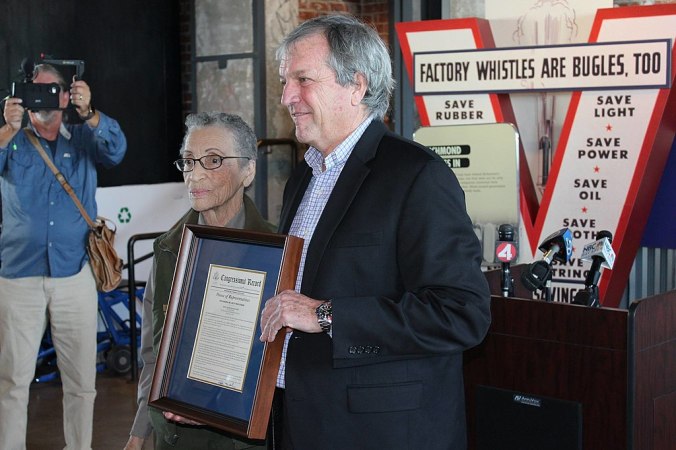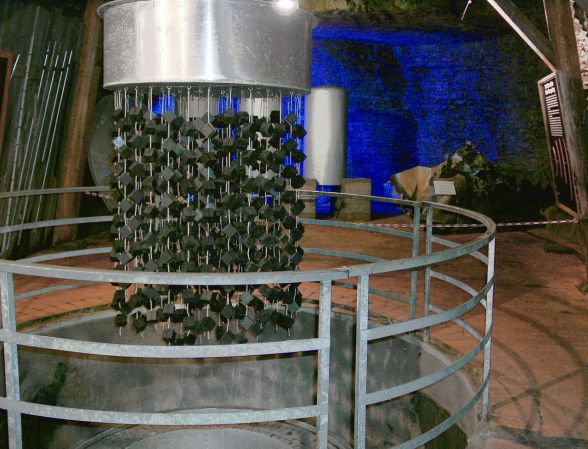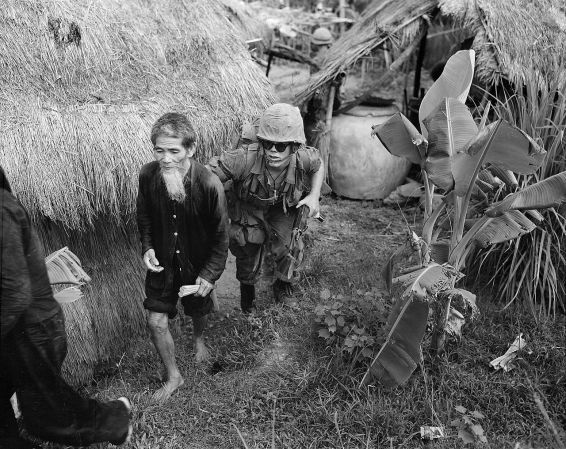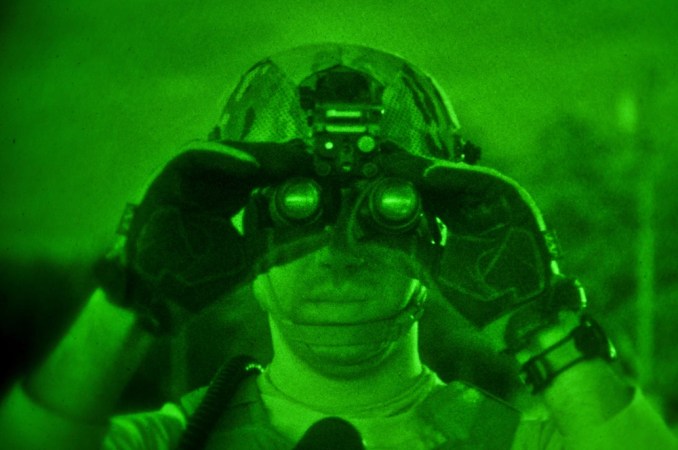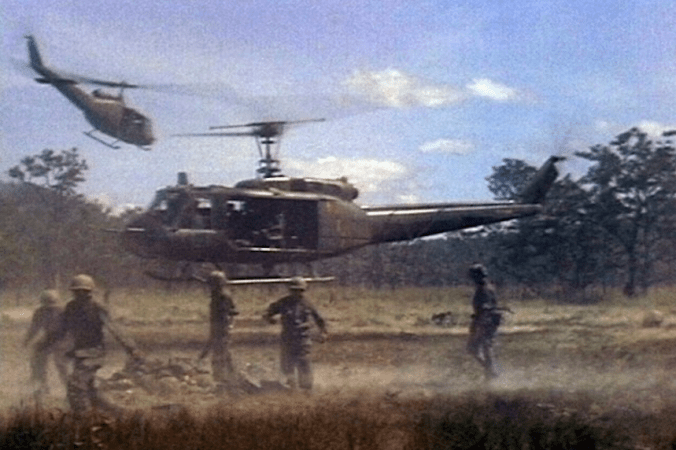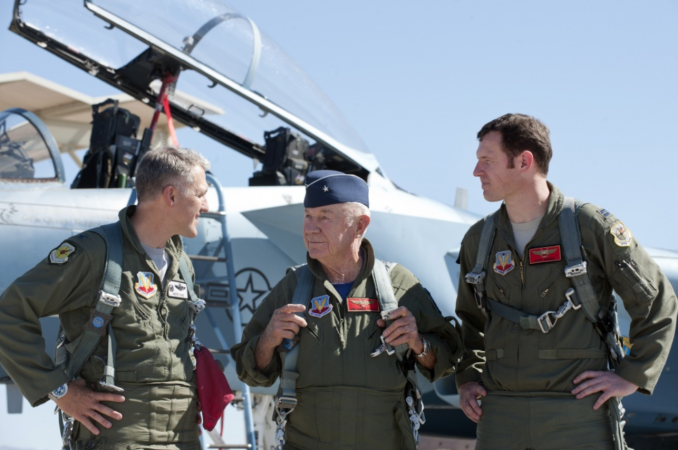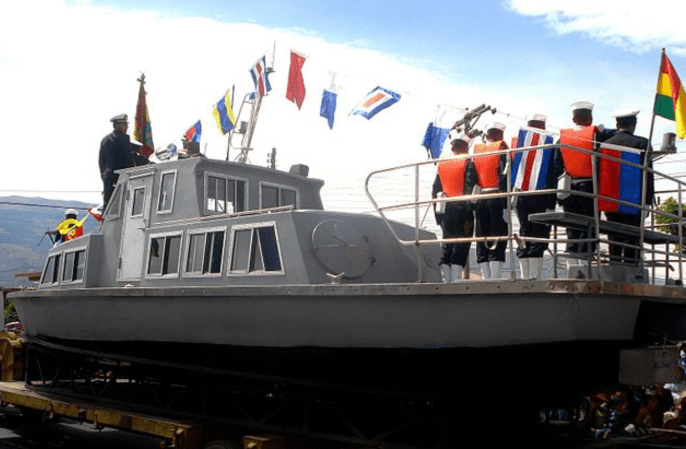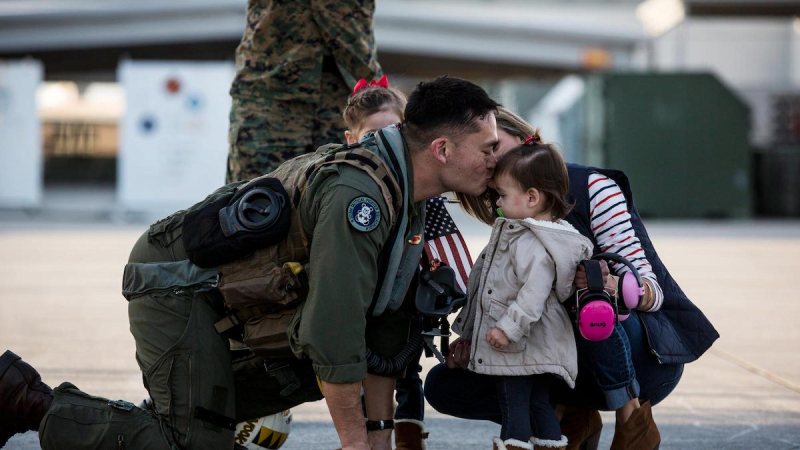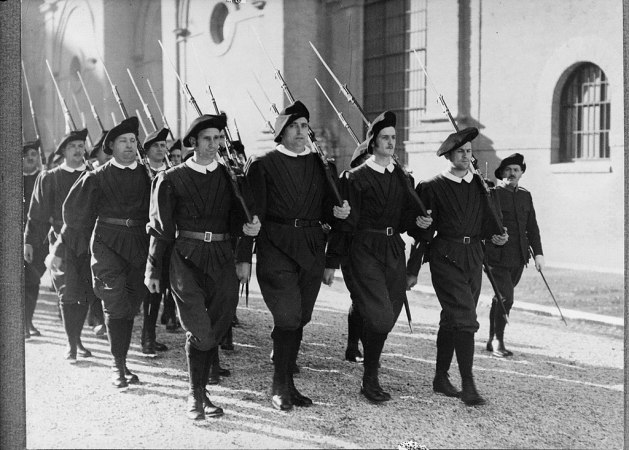The Boeing AH-64 Apache Attack Helicopter is one of the deadliest aircraft on the modern battlefield. Like the fierce warriors of the Native American Apache Tribe for which it’s named, the helicopter strikes quick and strikes hard. However, the AH-64 is not the first American aircraft to bear the Apache name.
In February 1942, the North American Mustang Mk. I was introduced to Britain’s RAF as a low-altitude reconnaissance and ground-support aircraft. When the Lend-Lease contract with Britain ran out of funds, 93 Mustangs were passed to the U.S. Army Air Force. North American Aviation President Howard Kindelberger pressed the USAAF for a fighter contract to build more Mustangs, given the American designation P-51. However, no funds were available for new fighter contracts in fiscal year 1942. There were, however, funds available for an attack aircraft.
Seeing the potential of the P-51 as a fighter and wanting to keep the airframe in production, General Oliver P. Echols issued specifications to turn it into a bomber. By adding bomb racks, dive brakes and a heavier-duty wing, the P-51 was converted into the A-36A. Given the official name Apache, 500 A-36As were ordered from North American in an April 1942 contract. Just five months later, the first Apache rolled out of the NAA Inglewood plant and underwent its first test flight in October.

The A-36A was equipped with two .50 cal M2 Browning machine guns in its nose and four more in its wings. With its two underwing hardpoints, the Apache could also carry up to 1,000 pounds of bombs. Unlike the P-51 fighter it was derived from, the A-36A was never upgraded with the Rolls-Royce Merlin engine. Rather, it retained its Allison V-12 engine. However, the USAAF envisaged an operating altitude below 12,000 feet for the Apache, so the high-altitude performance of the Merlin engine was not deemed necessary.
The first Apaches were deployed in early 1943. They flew in North Africa and during the Allied invasion of Sicily. With its dive brakes, the A-36A was an effective ground attack aircraft. After the Sicilian campaign, Apache squadrons were heavily employed to mop up enemy gun positions in close support of advancing Allied forces. It was during this time that the 27th Fighter-Bomber Group petitioned to change the A-36A’s name to Invader. Although the name was never formally changed, the 27th FBG unofficially nicknamed the A-36A the Invader. Interestingly, most combat reports used neither Apache nor Invader. Rather, the A-36A was often referred to in reports as a Mustang. Author Williams Hess claims that the Germans called A-36As, “screaming helldivers.”

Although it was modified into a ground attacker, the Apache retained some of the dogfighting ability of the P-51 it was derived from. In fact, the aircraft accumulated a total of 84 aerial kills. There was even an Apache ace, Lt. Michael T. Russo of the 27th FBG. However, by June 1944, the Apaches in Europe were replaced by Curtiss P-40 Warhawks and Republic P-47 Thunderbolts.
The Apache also saw combat with the 311th Fighter-Bomber Group in the China-Burma-India theater. However, it was at a major disadvantage against the Japanese Nakajima Ki-43 Oscar. The Oscar was lighter and more maneuverable than the Apache at all altitudes. Moreover, the Apaches often flew long-range missions at high altitude over the Himalayas where the Allison engine was far below peak performance. As a result, the Apaches suffered heavy losses against the Japanese with no kills to claim.
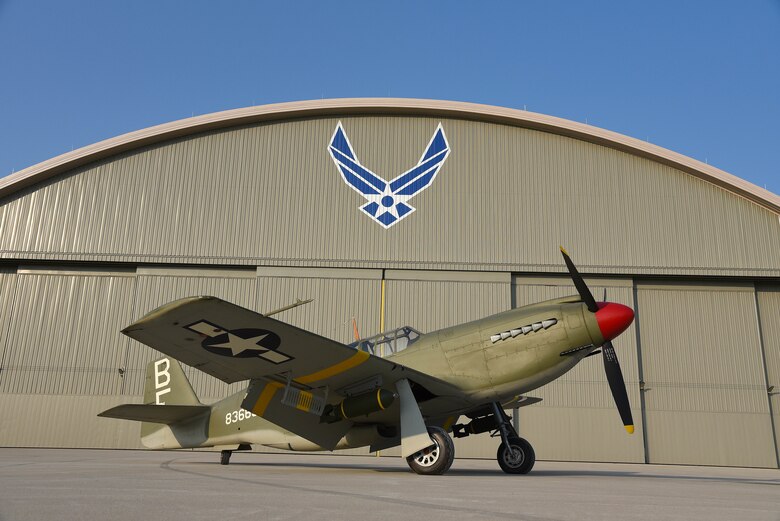
The Apaches served until the end of the war with some retained in the US as training aircraft. Despite its relative obscurity compared to other WWII aircraft, the A-36A played a major role in the Allied victory, especially in the Mediterranean theater. Very few Apaches survived the postwar scrapping of obsolete aircraft. Today, two airworthy A-36As are privately owned along with one static display at the National Museum of the United States Air Force at Wright-Patterson Air Force Base in Dayton, Ohio.
Featured image: One RAF A-36A was delivered. Note the bomb racks and slatted dive brakes (RAF)









